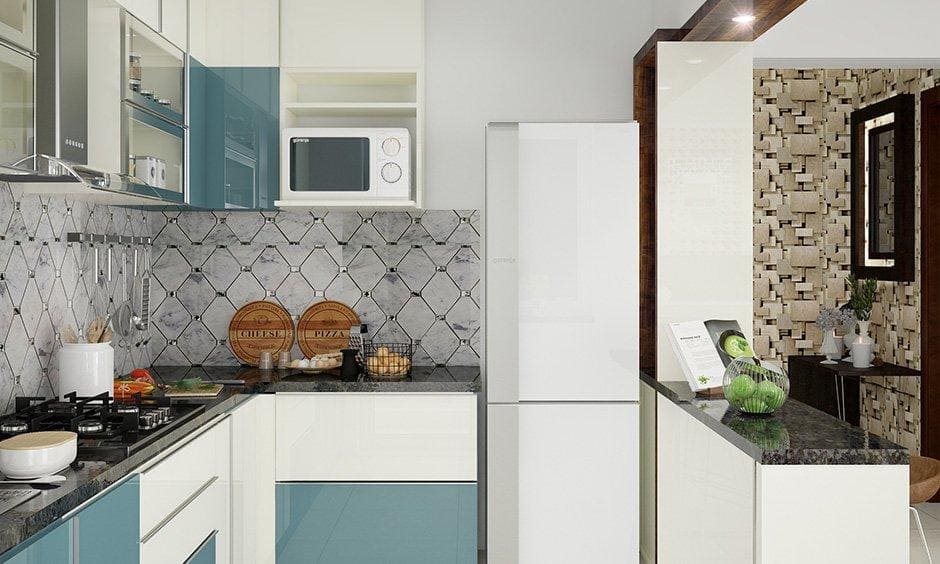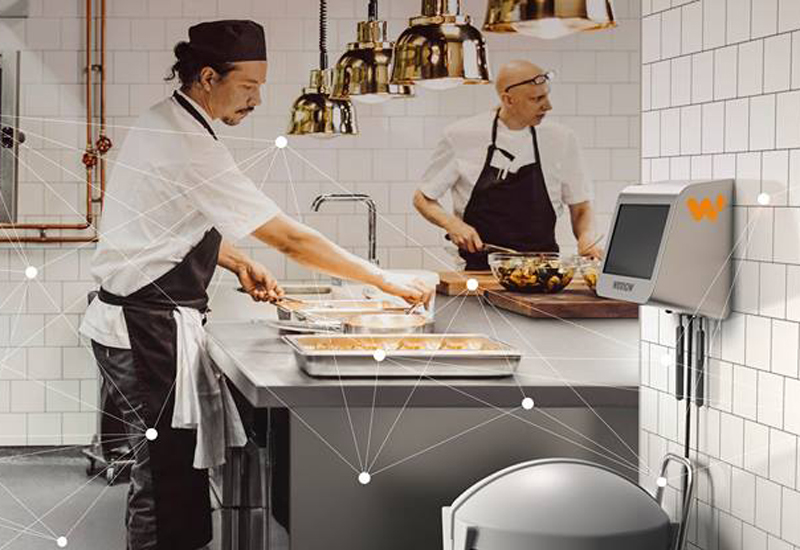In todays rapidly advancing technological world, the concept of smart homes has gained significant attention. At the heart of this revolution lies the intriguing question: how do smart homes interact with the grid? As we delve into this topic, we uncover the fascinating dynamics between modern residential technology and the power grid, offering a glimpse into the future of energy management.

The Evolution of Smart Homes
Smart homes have evolved from simple automated systems to sophisticated networks capable of seamless communication with the grid. This evolution is transforming how homeowners manage energy consumption, increasing efficiency and sustainability.
What Are Smart Homes?
A smart home is a residence equipped with devices that can be controlled remotely via smartphone or computer. These devices often connect to the internet, allowing for automation and optimization of various household functions, such as lighting, heating, and security systems.
Core Components of Smart Homes
The core components of a smart home include smart meters, appliances, thermostats, and lighting systems. These components can communicate with each other and with external networks, such as the electrical grid, to enhance functionality and energy efficiency.
The Grid: Backbone of Energy Distribution
The grid, or power grid, is the infrastructure that delivers electricity from producers to consumers. It comprises power plants, transmission lines, substations, and transformers, ensuring that electricity reaches homes and businesses.
Modernizing the Grid
The integration of smart technology is modernizing the grid, enabling it to handle dynamic demands and distributed energy resources more effectively. This modernization is crucial for enhancing grid reliability and efficiency.
How Smart Homes Communicate with the Grid
The interaction between smart homes and the grid involves a two-way communication system. Smart meters, for instance, can send real-time data on energy consumption to utility companies, while also receiving information about peak demand times and energy pricing.
Smart Meters: Key Players
Smart meters are pivotal in enabling this communication. They provide homeowners with detailed information about their energy use patterns, helping them make informed decisions to reduce consumption and costs.
Benefits of Smart Homes Interacting with the Grid
The interaction between smart homes and the grid offers numerous benefits, including enhanced energy efficiency, cost savings, and environmental sustainability. By optimizing energy use, smart homes contribute to a more stable and reliable power grid.
Energy Efficiency and Cost Savings
Smart homes enable homeowners to monitor and control their energy usage more effectively, leading to significant cost savings on utility bills. Additionally, by reducing energy consumption during peak hours, these homes help alleviate stress on the grid.
Environmental Impact
By facilitating more efficient energy use, smart homes contribute to reduced greenhouse gas emissions and a smaller carbon footprint, aligning with global sustainability goals.
Challenges and Considerations
Despite the benefits, the integration of smart homes with the grid presents challenges, including data privacy concerns and the need for robust cybersecurity measures. Ensuring that these systems are secure and resilient is paramount.
Privacy and Security
As smart homes collect and transmit vast amounts of data, protecting this information from unauthorized access is crucial. Homeowners must be aware of potential vulnerabilities and take steps to safeguard their systems.
The Future of Smart Home and Grid Interaction
The future of smart home and grid interaction is promising, with ongoing advancements in technology paving the way for even greater integration. As renewable energy sources become more prevalent, smart homes will play a key role in managing distributed energy resources.
Renewable Energy Integration
Smart homes can facilitate the integration of renewable energy sources, such as solar panels and wind turbines, by managing energy storage and distribution effectively.
Advanced Energy Management Systems
Future developments in energy management systems will enable smart homes to optimize energy consumption based on real-time grid conditions, further enhancing efficiency and sustainability.
Conclusion
Understanding how smart homes interact with the grid is essential for leveraging the full potential of modern residential technology. As we move towards a more connected and sustainable future, the interplay between smart homes and the grid will be a critical component of the global energy landscape. For more insights on smart home technology, visit advantages of home automation.

Frequently Asked Questions
How do smart homes contribute to energy efficiency?
Smart homes enhance energy efficiency by providing real-time data on energy usage, allowing homeowners to optimize consumption and reduce waste.
What is the role of smart meters in grid interaction?
Smart meters facilitate communication between homes and the grid, providing data on energy consumption and enabling dynamic pricing and demand response programs.
Are there privacy concerns with smart homes?
Yes, as smart homes collect and transmit data, there are privacy concerns. It is important for homeowners to implement strong cybersecurity measures to protect their information. For more on smart home privacy, visit smart home glitches.





